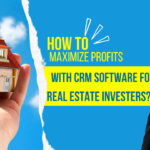What’s the Difference Between Funnel Sales and Lead Generation?
When discussing sales and marketing, terms like funnel sales and lead generation frequently come up, sometimes causing confusion. While they’re interconnected, each has a distinct role in the sales process. Let’s explore the differences clearly, using key concepts such as sales pipeline, lead pipeline, sales CRM software, sales pipeline stages, and pipeline software.
What is a Funnel Sales Process?
A funnel sales process describes the entire journey a potential customer takes, starting from initial awareness and ending with the final purchase. Picture an inverted pyramid: wide at the top and narrow at the bottom. Prospects enter at the top (awareness stage) and gradually move through various stages (interest, consideration, and action) until becoming customers at the bottom.
Sales pipeline stages often correlate directly with these funnel stages, tracking the progress of potential customers clearly and systematically. Using robust pipeline software or a good sales CRM software, sales teams can effectively visualize and manage this funnel.
Key Features of Funnel Sales:
- Tracks customer journey stages.
- Uses pipeline software to manage stages.
- Focuses on guiding prospects toward a purchasing decision.
- Measures conversion rates at each funnel stage.
What is Lead Generation?
In contrast, lead generation is about capturing the attention and contact information of prospects who show interest in your products or services. It represents the initial step of feeding potential customers into your lead pipeline, the foundational layer of your broader sales pipeline.
Effective lead generation tactics might include content marketing, social media campaigns, paid advertisements, SEO, webinars, and more. The generated leads become the raw material that flows into your sales process, eventually navigating through your clearly defined sales pipeline stages.
Sales CRM software significantly simplifies lead generation management by organizing leads, automating follow-ups, and scoring prospects according to their likelihood of becoming customers.
Key Features of Lead Generation:
- Focuses on attracting and capturing prospects.
- Feeds your lead pipeline.
- Employs various marketing tactics to generate interest.
- Uses sales CRM software for lead tracking and management.
Main Differences Summarized:
| Aspect | Funnel Sales | Lead Generation |
|---|---|---|
| Primary Purpose | Guiding leads through stages to a purchase | Capturing interest and collecting leads |
| Position in Sales Process | Encompasses entire customer journey | Initial entry point into your sales pipeline |
| Tools Used | Pipeline software, sales CRM software | Marketing strategies, sales CRM software |
| Metric Tracked | Conversion rates across sales pipeline stages | Number and quality of leads generated |
How Funnel Sales and Lead Generation Work Together
While different, funnel sales and lead generation are interdependent. Without effective lead generation, your sales pipeline remains empty. Conversely, without a clear funnel strategy, generated leads may not effectively convert into customers.
Integrating a powerful sales CRM software with efficient pipeline software ensures your team seamlessly transitions prospects from initial awareness to finalized sales.
Understanding the clear distinction and connection between funnel sales and lead generation helps your business optimize both aspects. Leveraging robust tools like sales CRM software and clearly defined sales pipeline stages ensures maximum efficiency and increased conversions in your sales pipeline.












